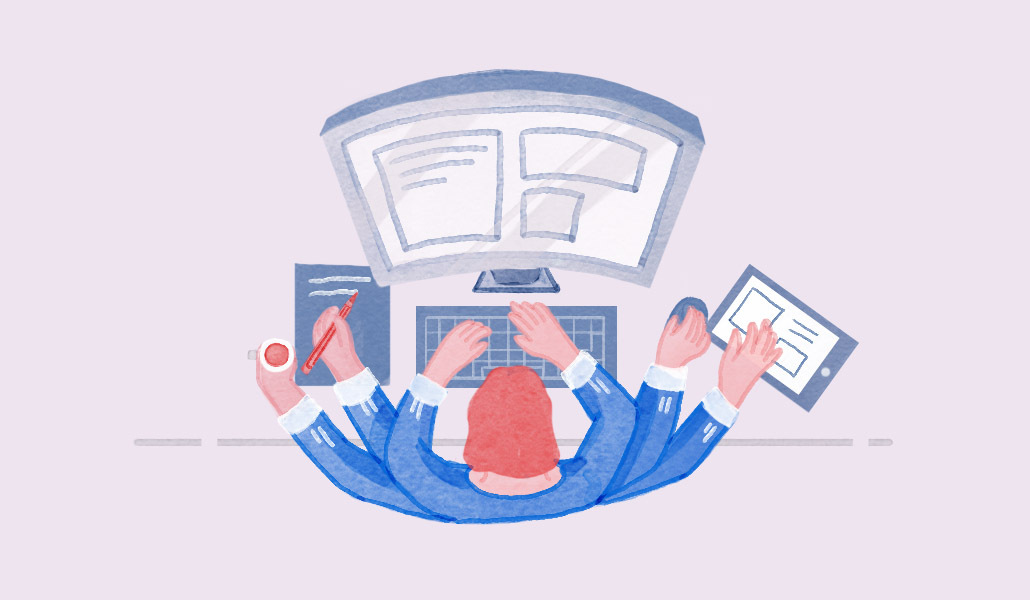Half of workers take zero breaks during the day

Nearly half of workers never take a dedicated break during their workdays — and it’s actually making them less productive, according to a new survey from Slack.
Those who do take breaks scored 13% higher for productivity than those who don’t – and 62% higher for work-life balance, “highlighting that quality of time spent working is more important than quantity,” the report said, which included responses from over 10,000 workers in the U.S., U.K. Australia, France, Germany and Japan this August and September.
It comes amid ongoing questions about what productivity actually looks like now in hybrid environments, and as workers attempt to get as much work done in new working arrangements as they had remotely over the past few years. With added commutes and time spent socializing with colleagues, finding time to actually focus within their daily schedules — let alone take a break — is getting tricker than ever.
“People are just really struggling with how to balance their time,” said Christina Janzer, svp of research and analytics at Slack.
The survey’s most productive respondents did note using time management strategies like blocking time to complete specific tasks, slotting specific times to check and send emails and setting focus timers. It also found a potentially ideal schedule to balance one’s time between focused work, collaboration, social connection and downtime. Workers said the ideal amount of time they need to focus on actual tasks is 4 hours a day. Two hours is the maximum for time in meetings, regardless of job level, they said.
Ranesha Especto, a licensed professional counselor at Thriveworks, recommends taking a break about every three hours, but definitely before hitting the four hour mark when working on one task. “You don’t need to be doing anything continually for that long,” Especto said.
Ideally, workers should be able to take two breaks a day – a longer break around lunchtime, then a shorter break in the afternoon, she said. And while taking meaningful breaks while grasping for more focus time isn’t always feasible for all workers every day, for those who can, getting away from the computer screen whenever possible is key.
“You need that physical separation from whatever your workstation looks like,” Janzer said. “Once you do that you find that your brain sort of unlocks, you start to think about things in a new way, you brainstorm new ways of working, so it makes so much sense that that ends up being a productivity booster,” she said.
An optimal time to take a break is right before or during the afternoon slump. Three out of four desk workers said they’re typically working those hours, but just one out of those four consider those hours highly productive, according to the Slack report.
Interestingly, workers remain optimistic AI tools will eventually help handle more tedious tasks and allow them more time to focus and take adequate breaks.
More than 80% of workers in Slack’s survey said whatever AI tools they are currently using at work aren’t making them more productive, but they expect the tools will soon be able to better help capture and take accurate meeting notes and recaps, offer writing assistance and generally automate more workflows, the survey found.
Managers also play a key role in helping employees with time management issues, though staff are likely ashamed or nervous to admit they feel they need help. “So we have this huge opportunity for managers to be much more proactive about helping out here because people are struggling,” Janzer said.


